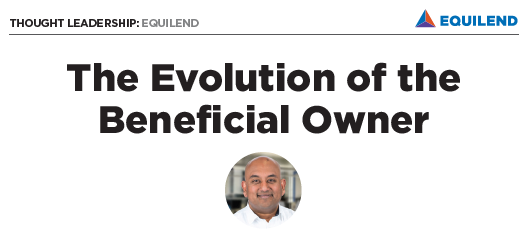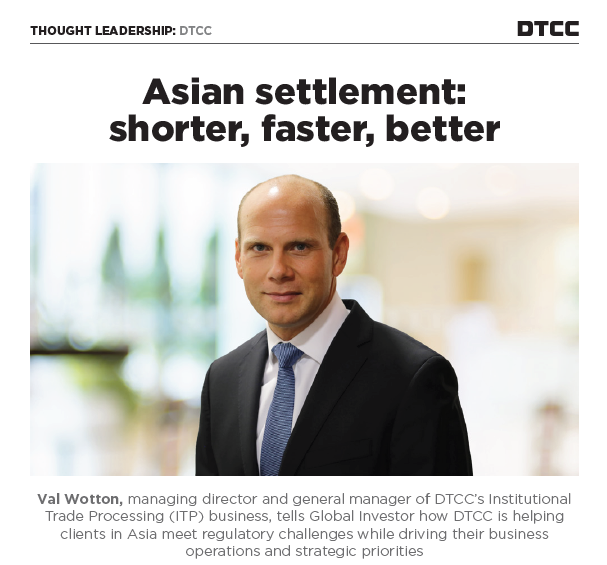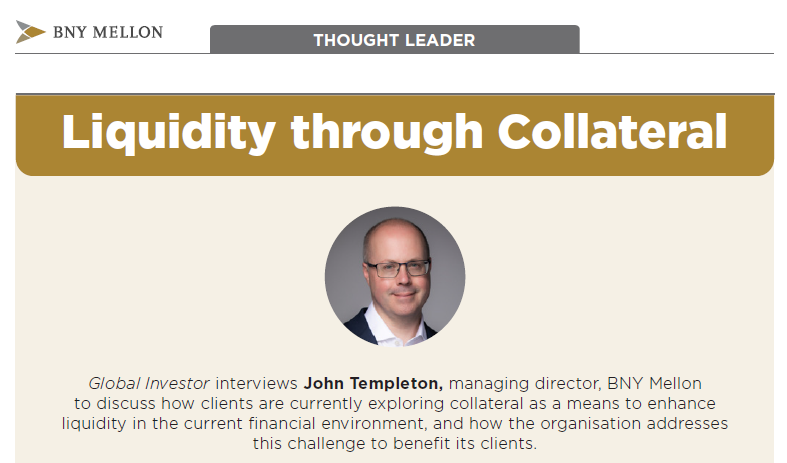EquiLend: The Evolution of the Beneficial Owner

The Evolution of the
Beneficial Owner
Dimitri Arlando, Head of Data and Analytics Solutions
EMEA & APAC, EquiLend
This article is part of the 2023 Beneficial Owners Guide, which can be accessed here.
2022 was a stellar year for Beneficial Owners who participate in Securities Lending. The unique blend of macro-economic factors which defined last year; the War in Ukraine, the resulting energy crisis, high inflation and aggressive rate cuts across the world provided significant market volatility and a fertile market environment for strong revenue growth. $9.89 billion was earned by Beneficial Owners in 2022, 0.7% short of the 2018 record: a post financial crisis figure of $9.96 billion. So, was 2022 a great year for all Beneficial Owners and how do they know if they have performed as well as they should have?
The Securities Lending market has evolved significantly since 2008, driven by increased regulation and a better understanding of risk and reward by the beneficial owner community. What was once thought of as a back-office tool, is now considered complex enough by some Beneficial Owners to move this function into the front office. A few have gone a step further and decided to lend securities themselves rather than outsourcing this to agent lenders. Others are now looking at the broader financing world and thinking about the best and most efficient way to utilise their portfolios taking all of their financing and collateral requirements into account. At the centre of this evolution is technology and data.
Pre-2001, the data available to beneficial owners was limited to each agent lender’s own reporting tool and these varied greatly in terms of what they were able to show. Many reporting tools only showed which securities were out on loan and how much they were earning and up till 2008, few demanded more. Benchmarking and Performance Measurement were in their infancy and underutilised by many market participants. Post 2008, suddenly transparency was on everyone’s mind and would soon become a key consideration when implementing a lending programme.
Although transparency has historically been driven by market participants, industry bodies and regulators are now picking up the baton and leading the charge. The International Securities Lending Association (ISLA) has a Performance Measurement Working Group, Securities Financing Transactions Regulation (SFTR) which came into effect in 2020 and in the U.S, the Securities and Exchange Commission (SEC) is on the cusp of implementing Rule 10c-1, all of which are aimed at increasing transparency in the Securities Lending Market.
Technology has played a big role in helping improve transparency and it will continue to do so going forward. For example, the proposed SEC 10c-1 Rule as it stands today has a reporting window of 15 minutes. Without technological investment, this proposed regulatory requirement will be difficult to achieve. EquiLend has been producing Real-Time data which is published within 5 minutes of trade execution for over a year now meaning compliance with the proposed SEC regulation will be simple for firms in the EquiLend ecosystem.
Today there are more tools and more providers to help measure and benchmark performance than ever before and this number continues to grow however DataLend’s anonymised data modelling and benchmarking captures the largest selection of data, market wide. When navigating these options and searching for appropriate partners there are two key components that Beneficial Owners should consider – attribution and relative performance.
Performance measurement should always start with attribution, ensuring a good understanding of what’s behind the numbers. Analysis should determine: is it a particular stock, asset class, market or sector or, a combination of these driving revenue? For example, in 2022, the top 5 revenue generating securities were all US Equities - Lucid Group (LCID), followed by GameStop Corporation (GME), Beyond Meat Inc. (BYND), Sirius XM Holdings (SIRI) and lastly, Cassava Sciences Inc. (SAVA). These 5 securities alone generated $769 million for lenders in 2022. Fixed Income assets were also strong contributors to revenue in 2022. US, UK and German Government Bonds and High Yield Corporate Bonds all performed well. Beneficial Owners who didn’t hold these securities in their portfolios are likely to have not had as stellar a year in revenue terms as those that did.
This brings us to the other key component – relative performance. Holding or not holding those securities in your portfolio is down to the investment framework for each Beneficial Owner. Portfolio managers rarely make investment decisions based on securities lending revenue which is why relative performance becomes important. At its simplest, relative performance looks at other institutions who are similar in terms of geographical location, legal construct, Risk Weighted Asset rating and who holds the same securities as you to give you something to compare against where most things are equal – benchmarking against your peers.
For most Beneficial Owners, attribution and relative performance measurement is sufficient and should be the minimum standards in terms of good practice. For others, those who have evolved, measuring performance is becoming more complex. For Beneficial Owners who are now either lending their own assets, either partially in a hybrid structure with an agent or directly on their own, the increasing customisation is making relative performance measurement more difficult. In these instances, Beneficial Owners are looking for additional data points from their data partners to not only measure performance but to also provide actionable insights to help make lending decisions and deploy their assets most efficiently. Revenue is not necessarily the primary objective.
With the turbulent macro-economic environment set to continue for the rest of 2023 (Q1 revenue came in at $2.7 billion v Q4 2022 $2.2 billion), it’s important that Beneficial Owners who participate in Securities Lending continue to focus on performance measurement to ensure that the governance of their programmes is adhering to best practice. Those that are lending themselves or deploying the assets in their portfolios in a variety of ways should also utilise data and technology solutions, a wide range of which are available through EquiLend, to help make more informed decisions.
Found this useful?
Take a complimentary trial of the FOW Marketing Intelligence Platform – the comprehensive source of news and analysis across the buy- and sell- side.
Gain access to:
- A single source of in-depth news, insight and analysis across Asset Management, Securities Finance, Custody, Fund Services and Derivatives
- Our interactive database, optimized to enable you to summarise data and build graphs outlining market activity
- Exclusive whitepapers, supplements and industry analysis curated and published by Futures & Options World
- Breaking news, daily and weekly alerts on the markets most relevant to you




